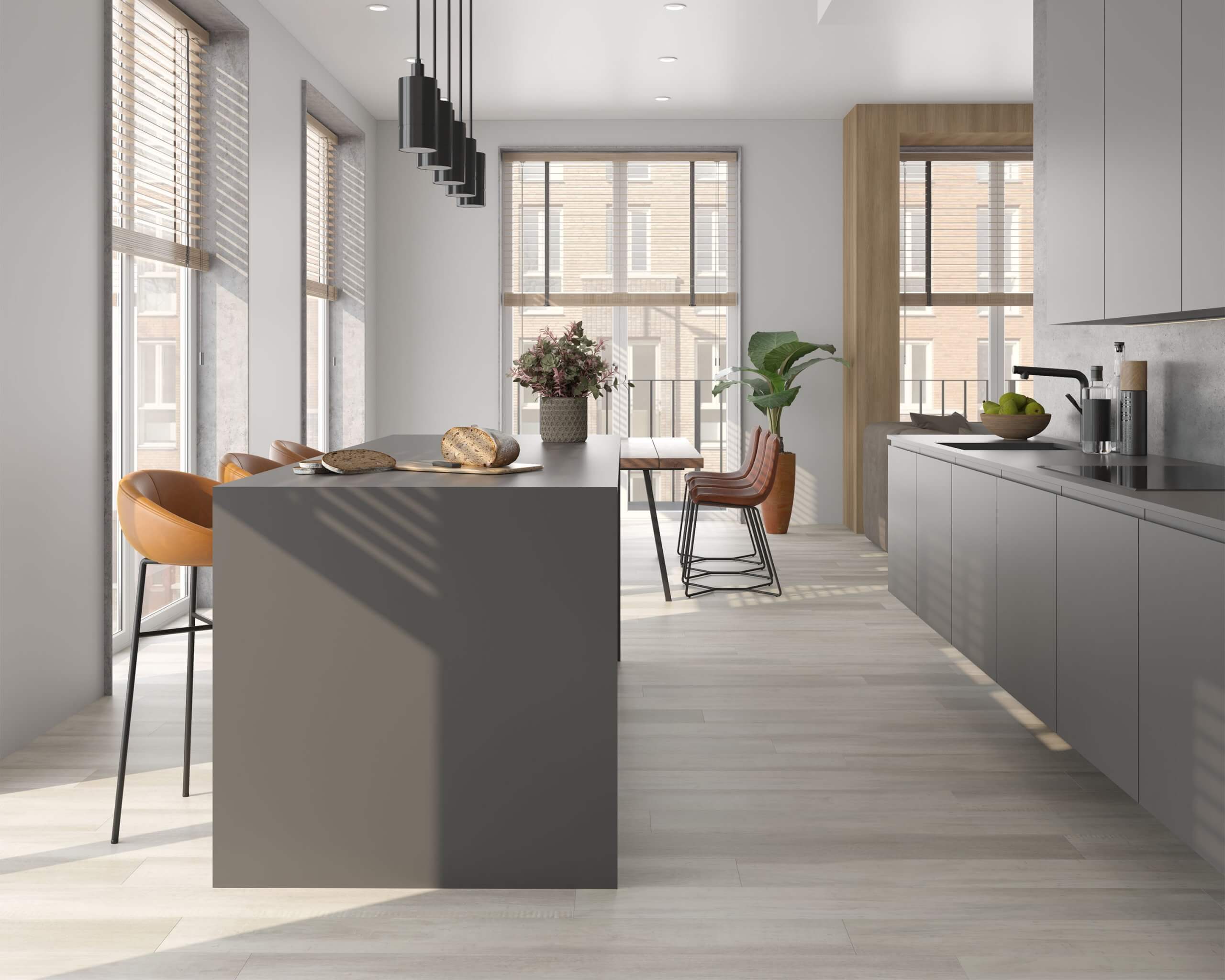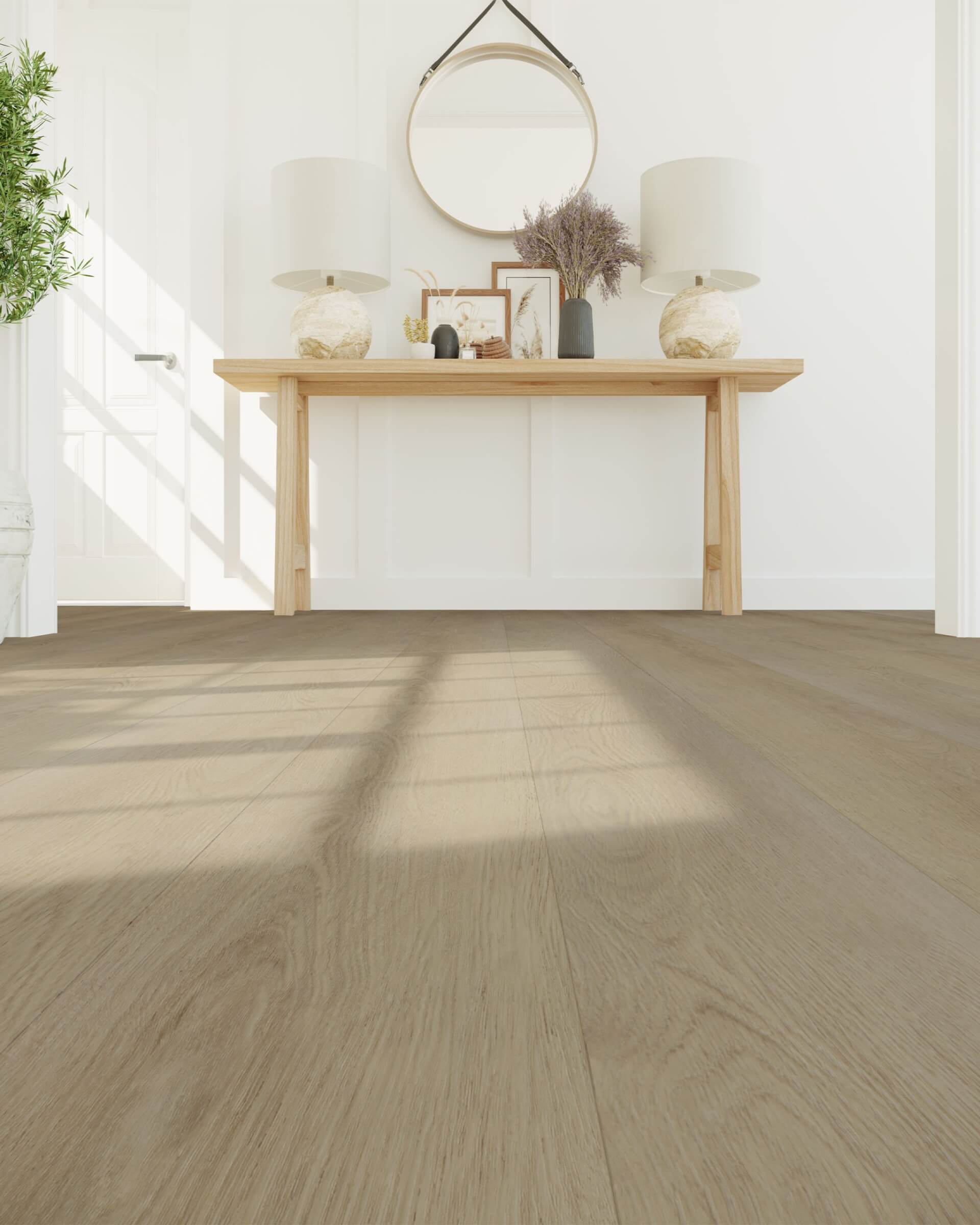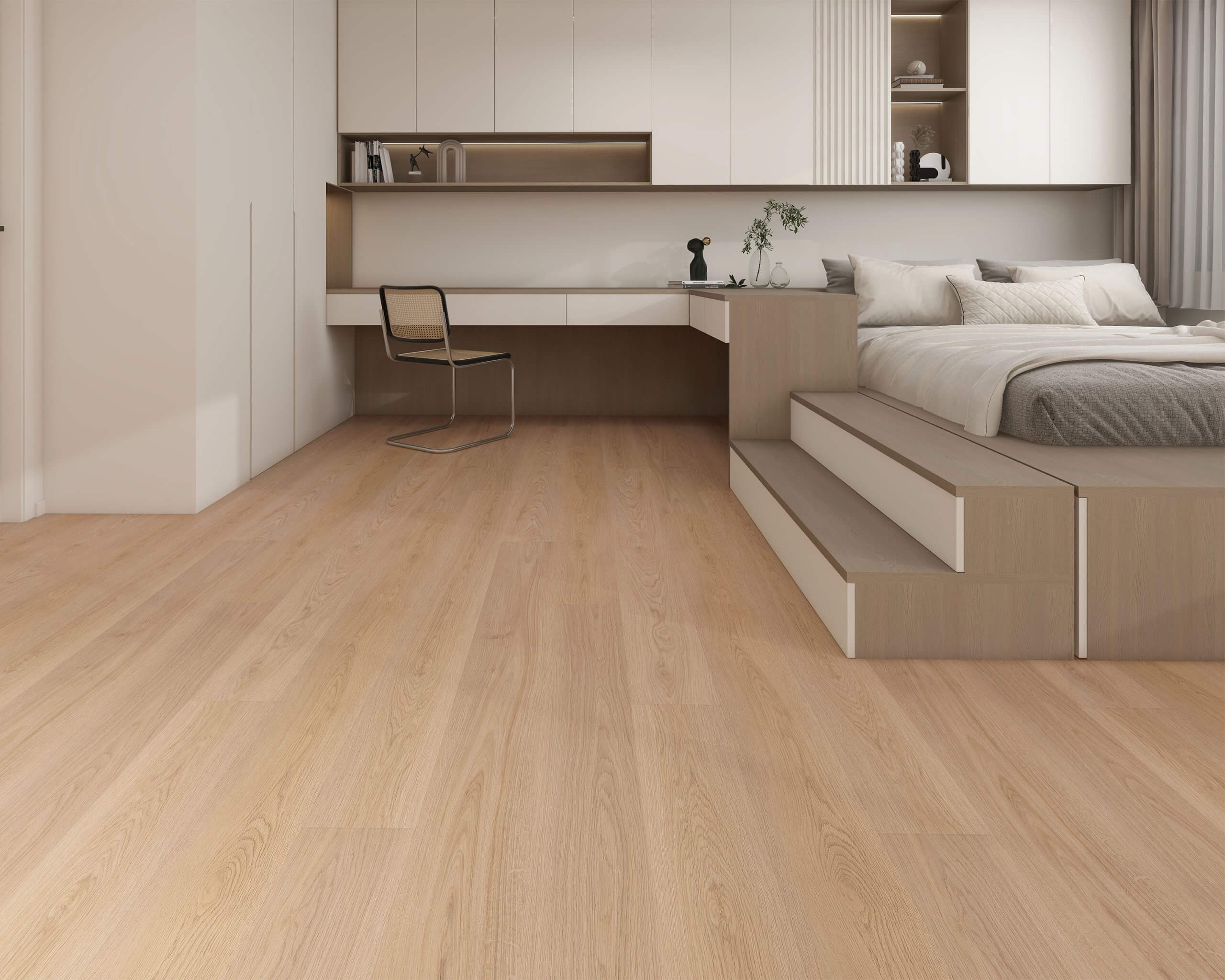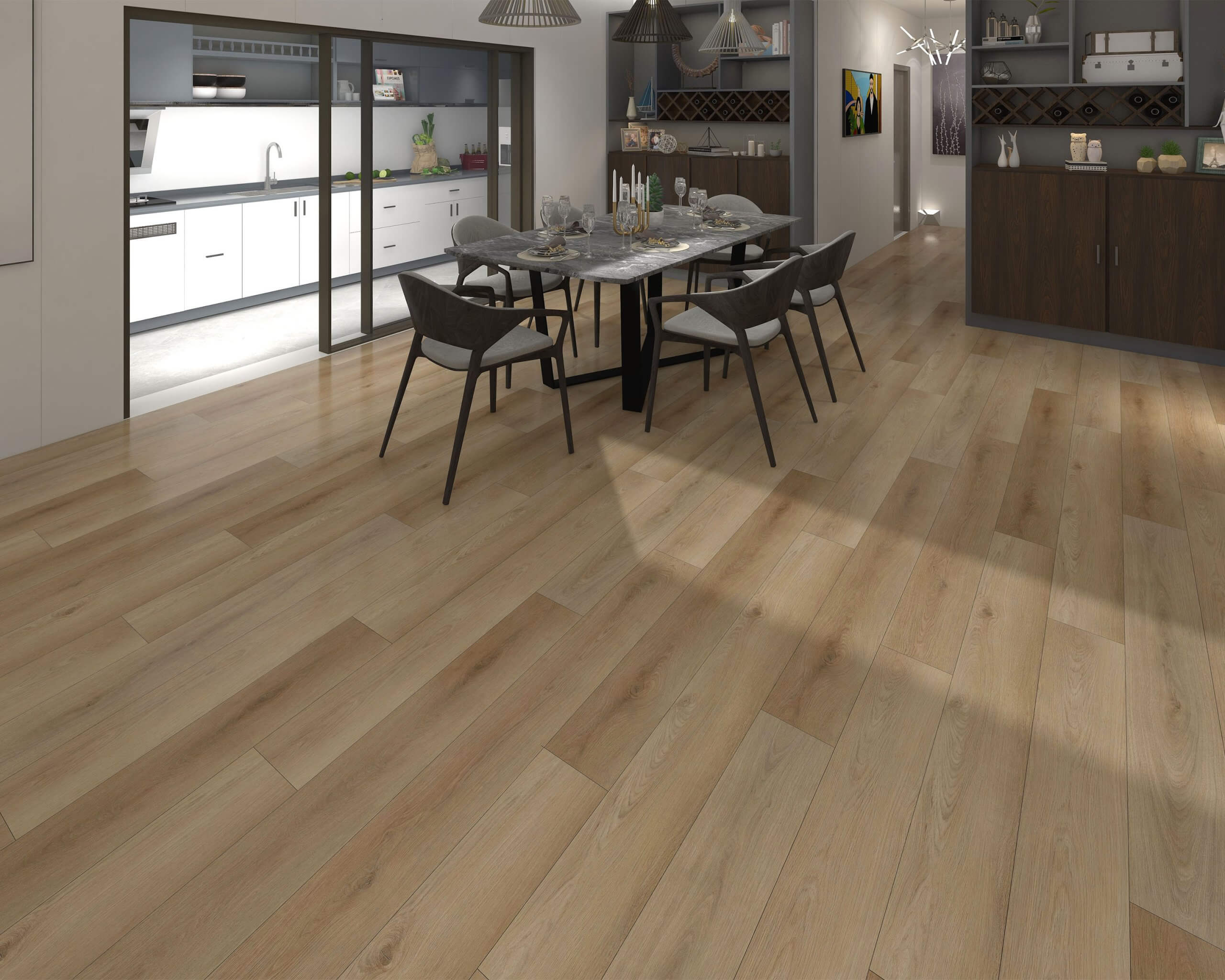Current economic times may have transformed homeowners into more cautious consumers, but installing a dream floor isn’t out of reach. What it takes is careful consideration about materials, aesthetic choices and a little help from the experts.
Across social media, homeowners can find ample inspiration for their flooring projects, but what considerations do they need to make? Castle asked leading flooring vendors for their opinions around the latest trends and how one can create an impactful flooring design without breaking the bank.
“It’s still very possible to be cost-effective when changing out floor coverings,” says Matt George, Business Development for Flooring at Taiga Building Products. “Budgets vary, and it’s really the same as how you shop and buy in any industry: look at the features, benefits, and most times with flooring it has to do with the aesthetics.”
George says those aesthetics-based decisions predominantly come down to colour. “Colour seems to be what really drives the homeowner’s decisions when they start to make a selection in their flooring choice.”
Today, that colour is leaning towards natural, pale tones, he says, as opposed to dark browns or the greys that have been popular in recent years.
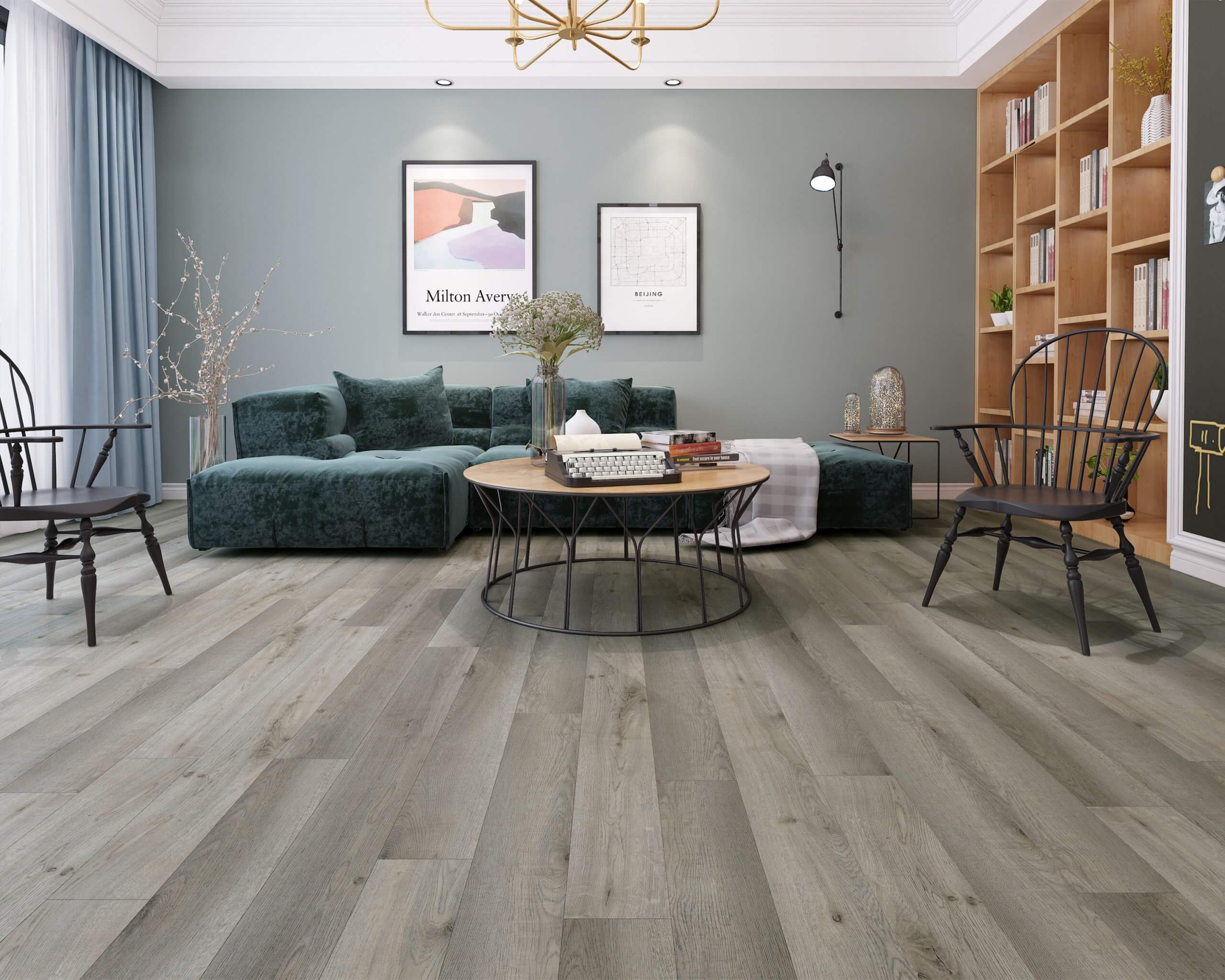
Photo courtesy of Goodfellow
The evolving colour palette
Jeff Morrison, Vice President at Goodfellow Inc., echoes the sentiment that colour is very much what affects decisions in flooring choice. “There’s only so much you can do with wood. It’s not like you can invent a new tree, so it’s all coming down to how that colour palate evolves.”
Morrison sees change around the trending colour palate, which he says continues to evolve. “We’re starting to see greys give way to lighter, more natural colours. We’re calling it greige (a portmanteau of grey and beige),” he says. “And we’re really seeing a demand for brown coming back.”
He says today’s homeowners are seeking out deeper, richer natural colours, and that the market is also on the cusp of going back to the brown tones popular in the past. “Designers, in particular, are specifying darker colour options for new homes.”
It is, he suggests, a natural evolution of consumer trends, and it’s being highlighted across media from magazines to stores’ online presence.

Photo courtesy of Goodfellow

Photo courtesy of Taiga Building Products
Homeowners are seeking warmer tones, George says. “Natural wood tones, oaks are still as popular as ever, maples are desired in certain markets,” he says. “I don’t want to say ‘golden’ because we aren’t going back there yet.”
“It’s definitely been lighter over the past three years, but that could have been light greys or a beechwood tone. The idea is realistic or realism; instead of being sanded and stained, floors with natural characteristics of the wood: knots and streaks.”
In Atlantic Canada, which often follows trends in Central Canada, greys are still in vogue, but the transition to natural colours is coming, says William O’Brian, Moncton Branch Manager for Gillfor Distribution.

Photo courtesy of Gillfor Distribution
He’s watching the market closely, using Central Canada as something of a crystal ball as trends move west to east. “We’re still dealing with some greys, but Quebec is transitioning to browns and natural tones,” he says. “What we do then is capitalize on that.”
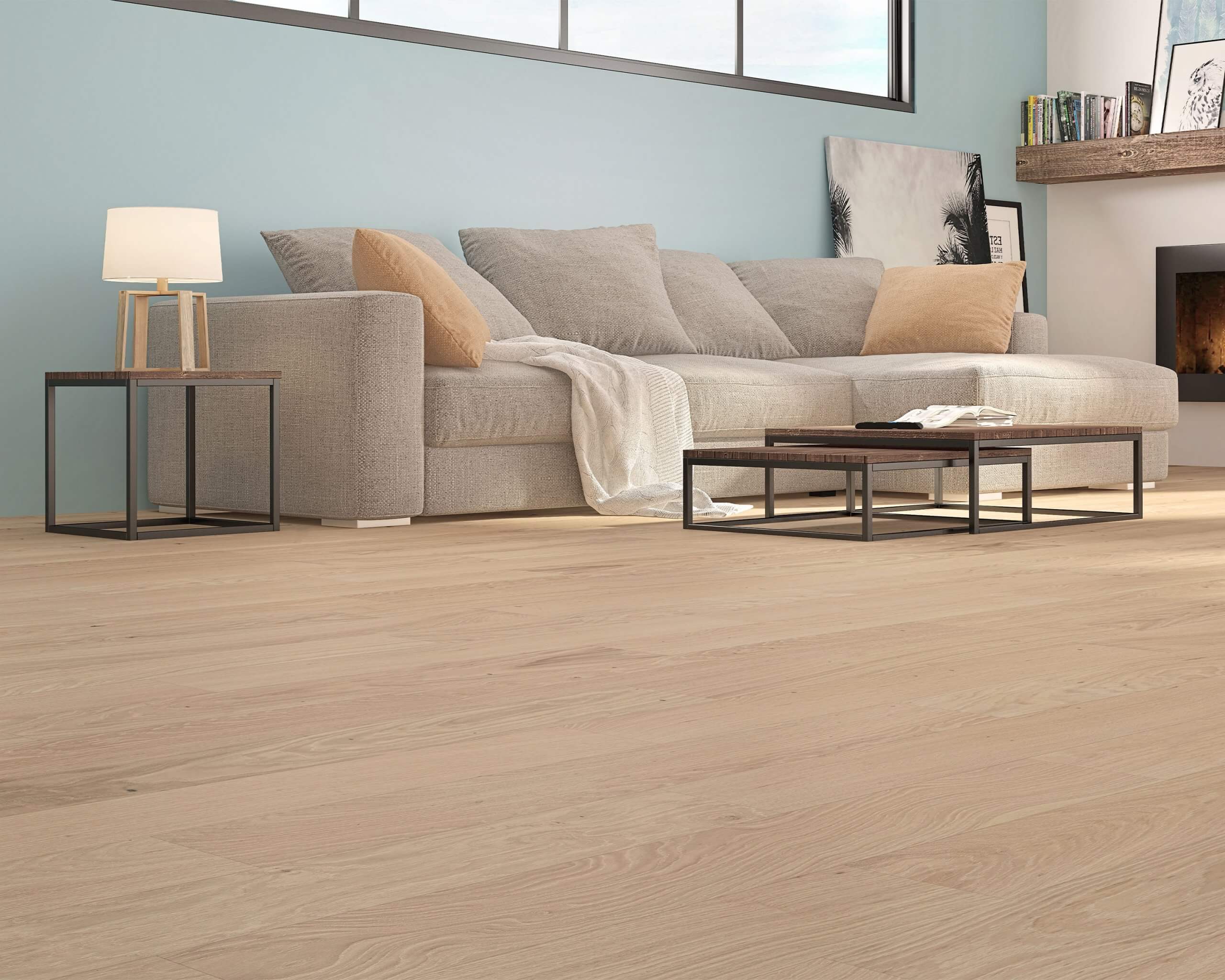
Photo courtesy of Goodfellow
Innovation in flooring
Both Morrison and O’Brian say that the market for new flooring has cooled since the pandemic. With that in mind, changes in trends are moving similarly slower. “We haven’t seen a heck of a lot of change,” says Morrison. “A lot of trends are staying the same.”
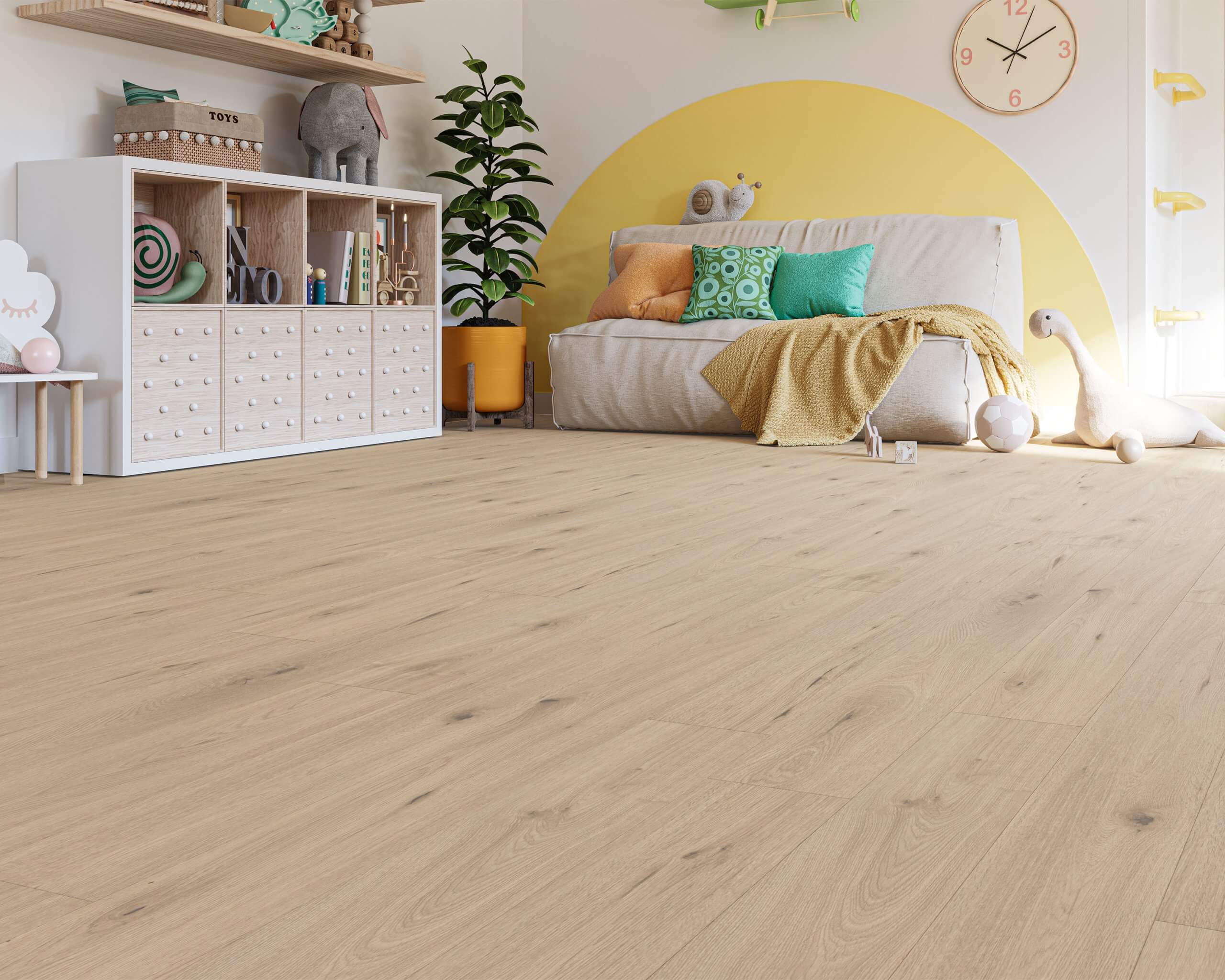
Photo courtesy of Goodfellow

Photo courtesy of Goodfellow
Still, where there has been change in recent years is around innovation and flooring materials. O’Brian points to the move from laminate floors 10 years back to vinyl and SPC, which he says was “the next best thing, and worked well, until problems started arising.”
With stone core, he says, the subfloor had to be perfect, and over many years heavy foot traffic could take a toll. “The underlay that some people were using, if you created too much compression it cracked the ends.”
“Fast forward and it almost looks like we’ve gone backward, laminate is coming back, but it’s waterproof laminate. Water is not going to penetrate a waterproof laminate, and everybody wants something waterproof,” O’Brian says.
“The product that’s revolutionized everything.”
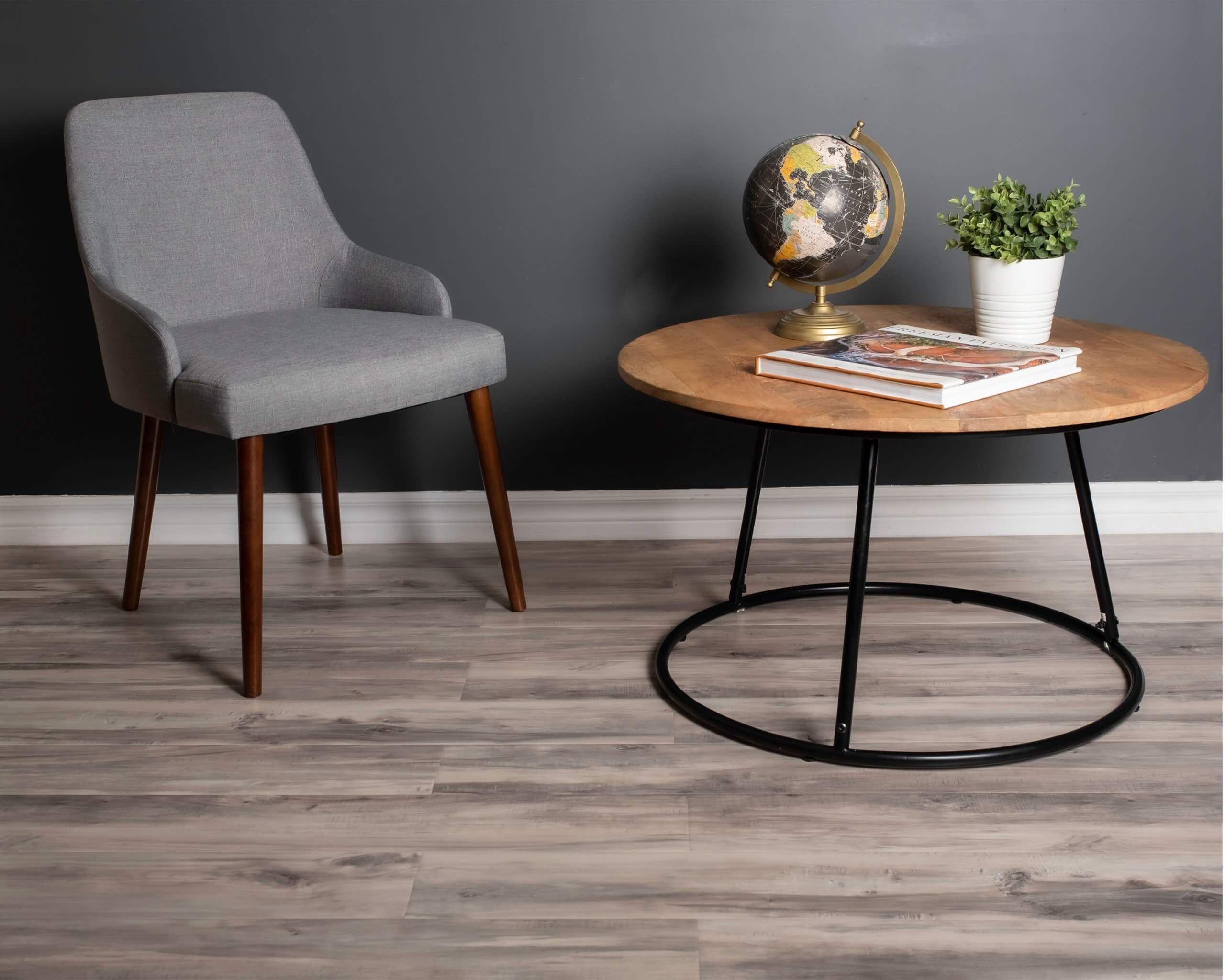
Photo courtesy of Gillfor Distribution
Not supplanting vinyl
In the 2000s, when laminate was giving way to vinyl as the dominant player in flooring, it was typically to address product deficiencies, a desire to have something that looked more like real wood, and, of course, for water resistance, George says.
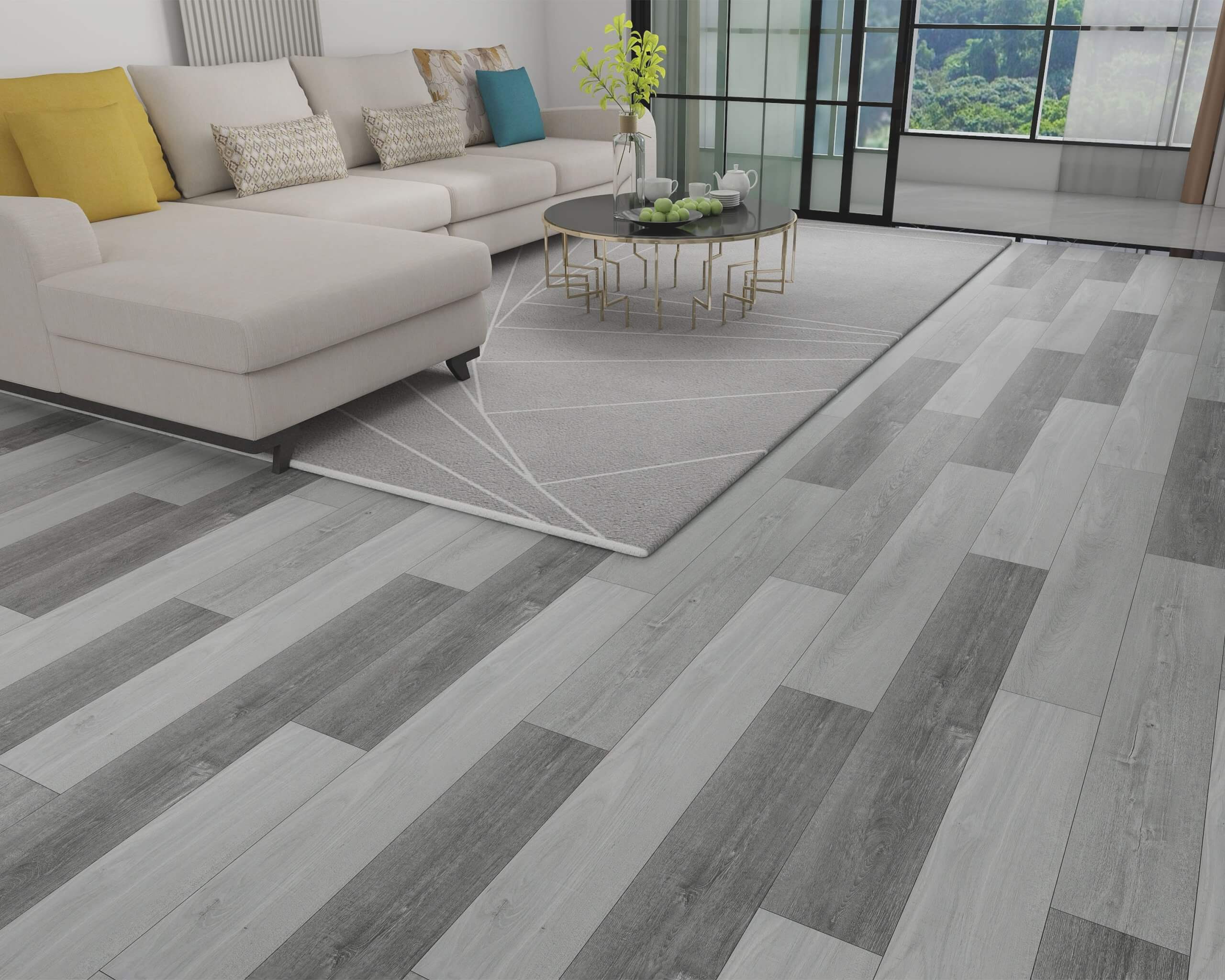
Photo courtesy of Taiga Building Products
While vinyl remains the dominant leader in the industry, as technology has evolved, water-resistant laminate prices have come down as entry-level vinyl prices have climbed. “People are finding their way back to laminate,” George adds. “Some are looking for an alternative to glue-down flooring and — as confidence grows around the lock systems and the category sees positive movement — there’s more opportunity to R&D around the lock system.”
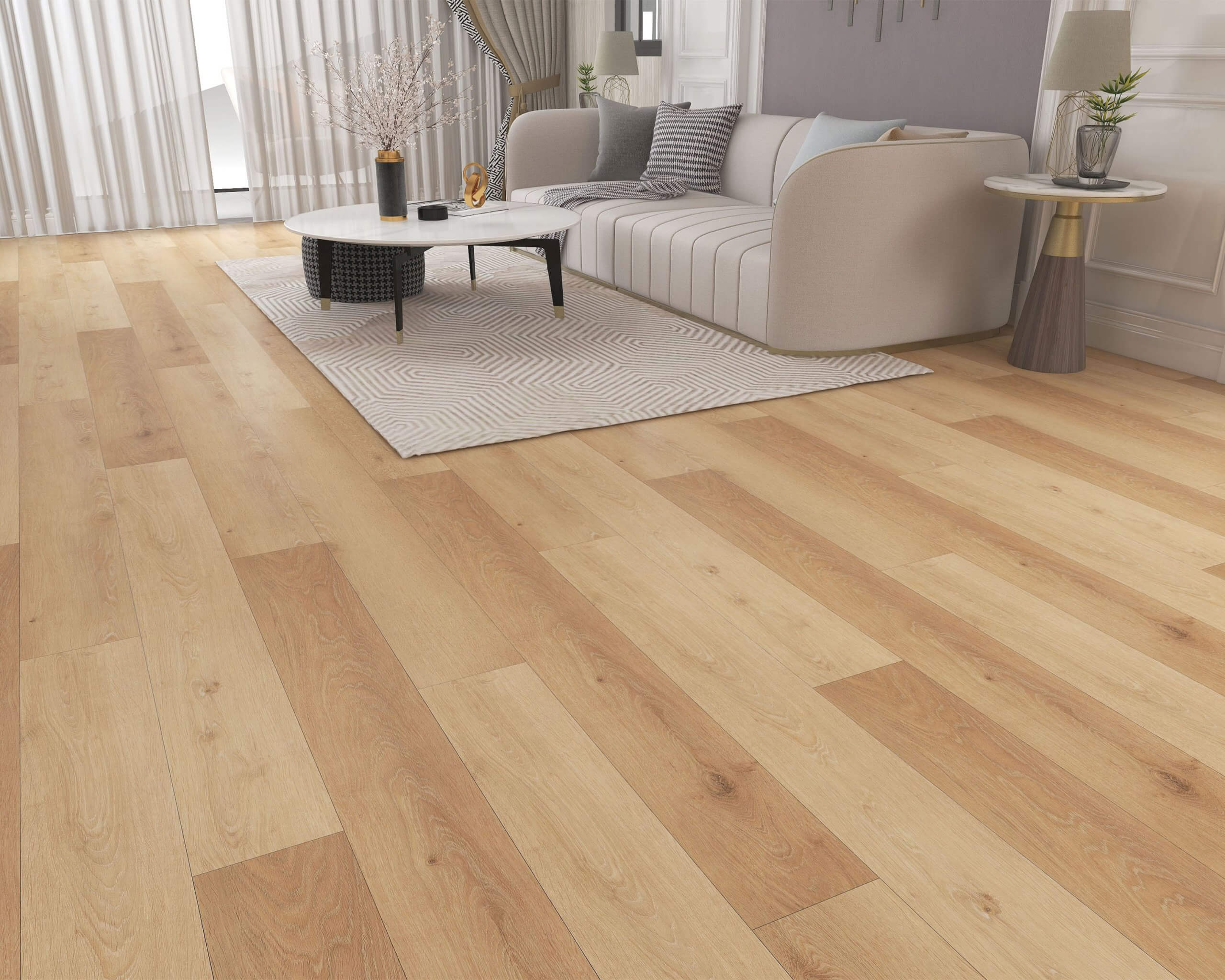
Photo courtesy of Taiga Building Products
Still, he doesn’t see water-resistant laminate replacing vinyl any time soon: “I don’t see vinyl being removed as the leader in the industry, but laminate will take some of the market.”
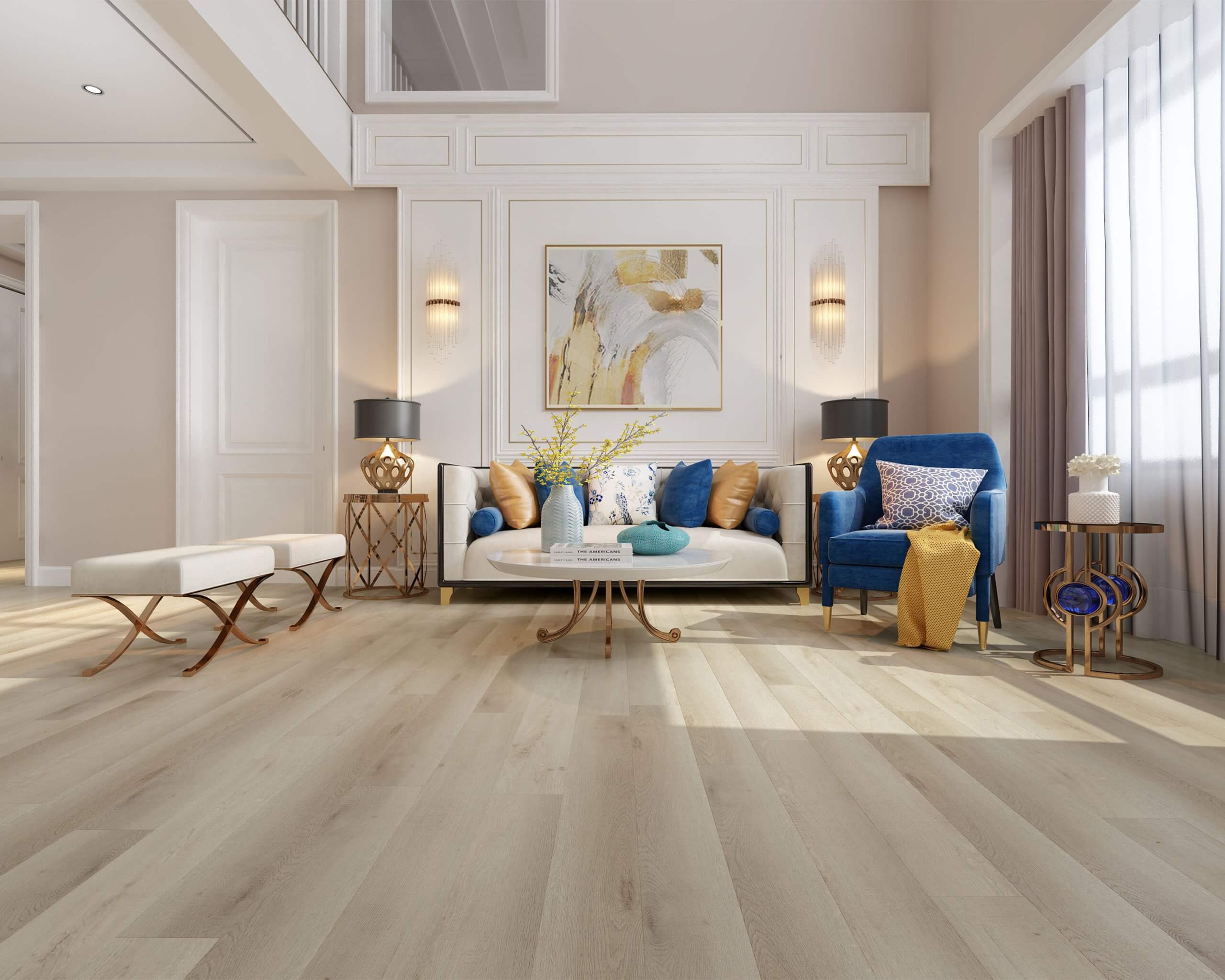
Photo courtesy of Goodfellow
Creating a great look on a budget
Morrison stresses you can be price-conscious and still create a gorgeous new look for new floors.
“When looking at renovation, quite often there’s the entranceway, front door, mud room at the back, powder room, etc., to consider. One way to create an impressive look is by doing the entire level of the house in the same SPC flooring,” he says. “This gets rid of the ‘chopped up’ look, and makes the house look larger, creating a very comfortable modern living space. And it can be done on a budget.
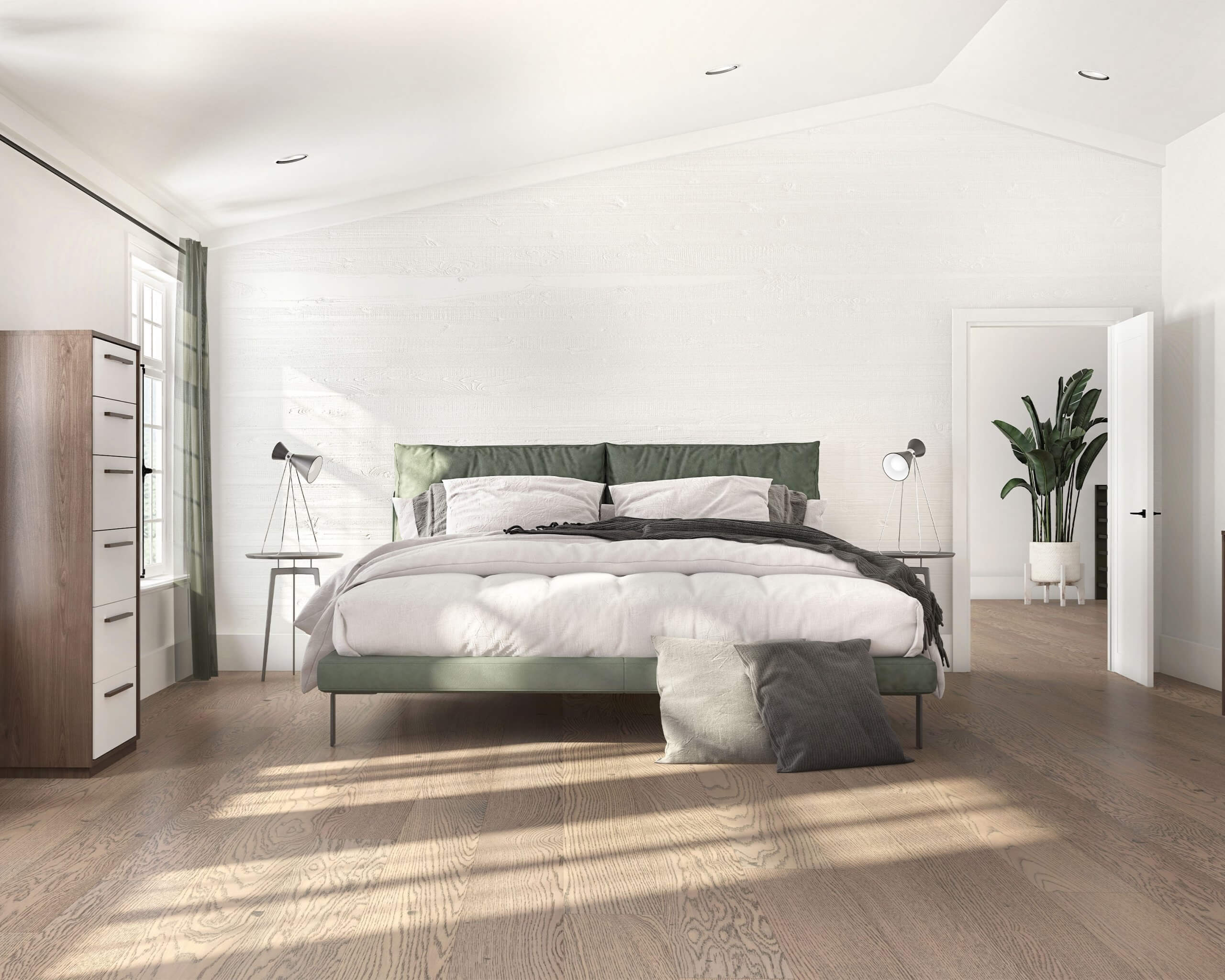
Photo courtesy of Goodfellow
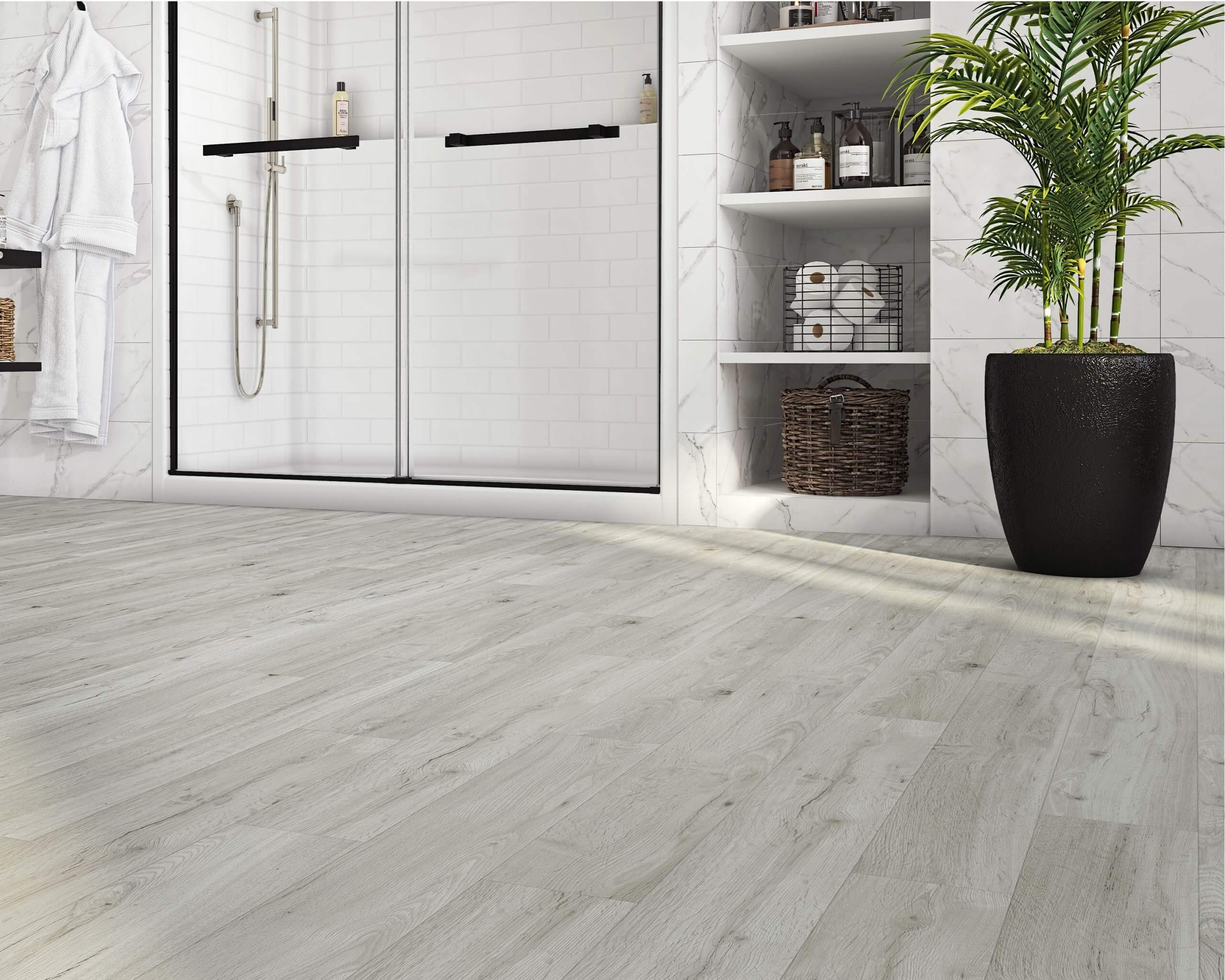
Photo courtesy of Goodfellow
With that in mind, SPC and vinyl click flooring continue to be hot with consumers, he says. People are still very heavily considering vinyl products, especially in Ontario, while in western provinces laminate is often the budget option.
The trend of low-gloss, wire-brushed wide planks, say 7 to 9”, the most popular option for creating a beautiful modern-looking flooring may be starting to peek a bit, Morrison says.
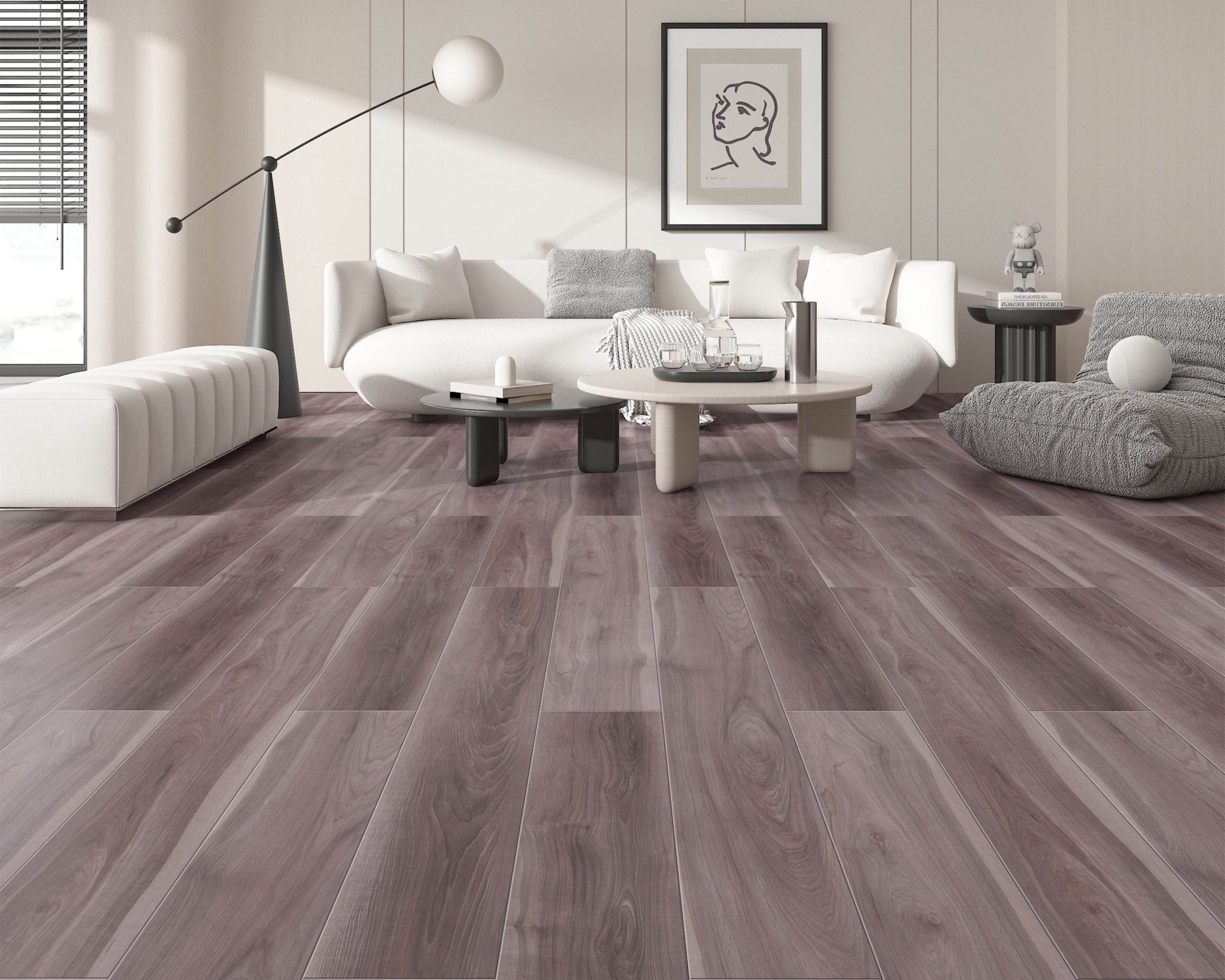
Photo courtesy of Taiga Building Products
If price isn’t an issue, George provides some advice in the form of an age-old maxim.
“Bigger is better,” George says when it comes to aesthetics. (It’s not necessarily better for shipping or storage.) “A really high-end, high-value 6’ board is desirable but pricy. But what it allows for is a finished product that doesn’t look cookie-cutter, has more stagger in the joints, and makes the floor look more random.”

Photo courtesy of Gillfor Distribution
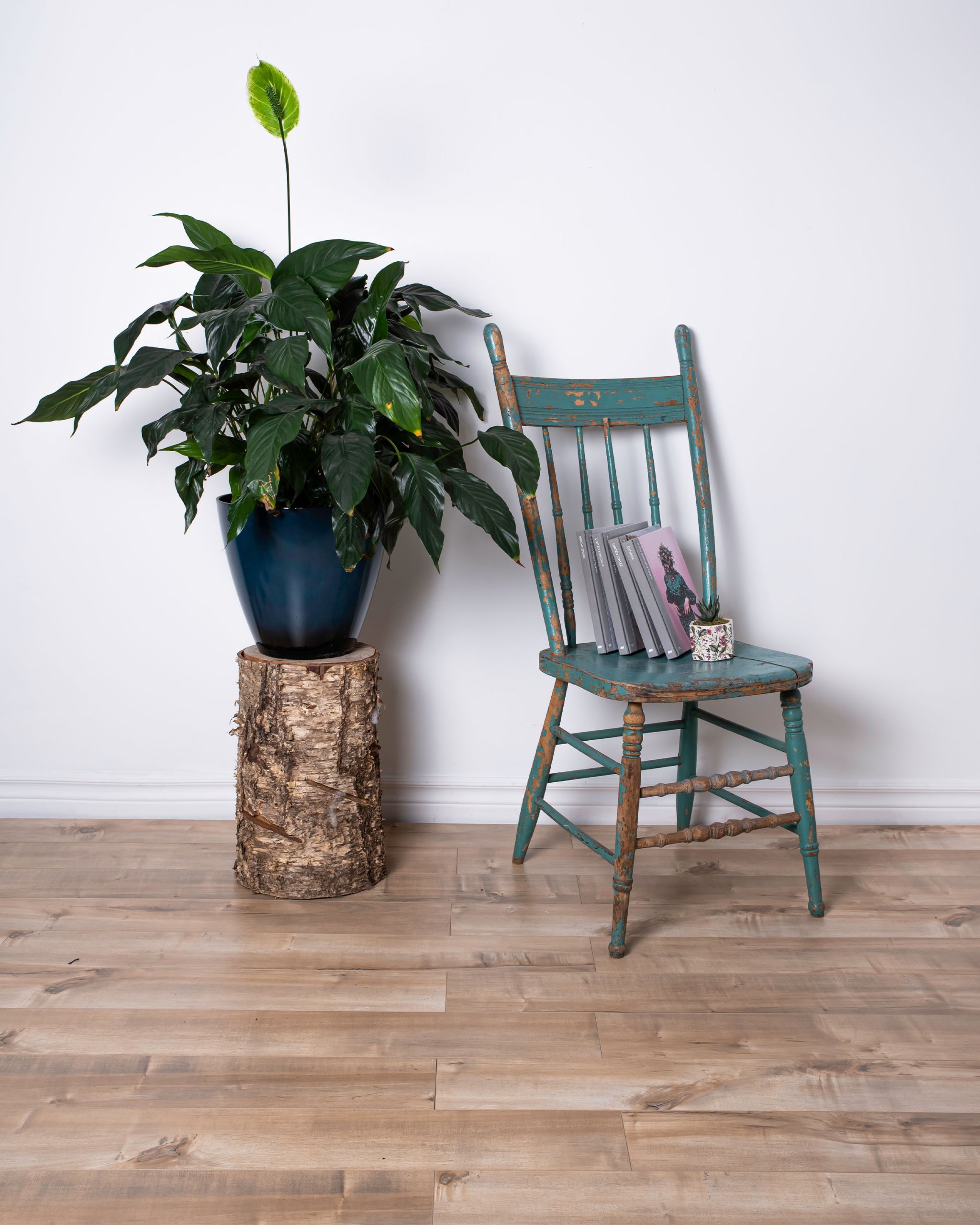
Photo courtesy of Gillfor Distribution

Photo courtesy of Gillfor Distribution
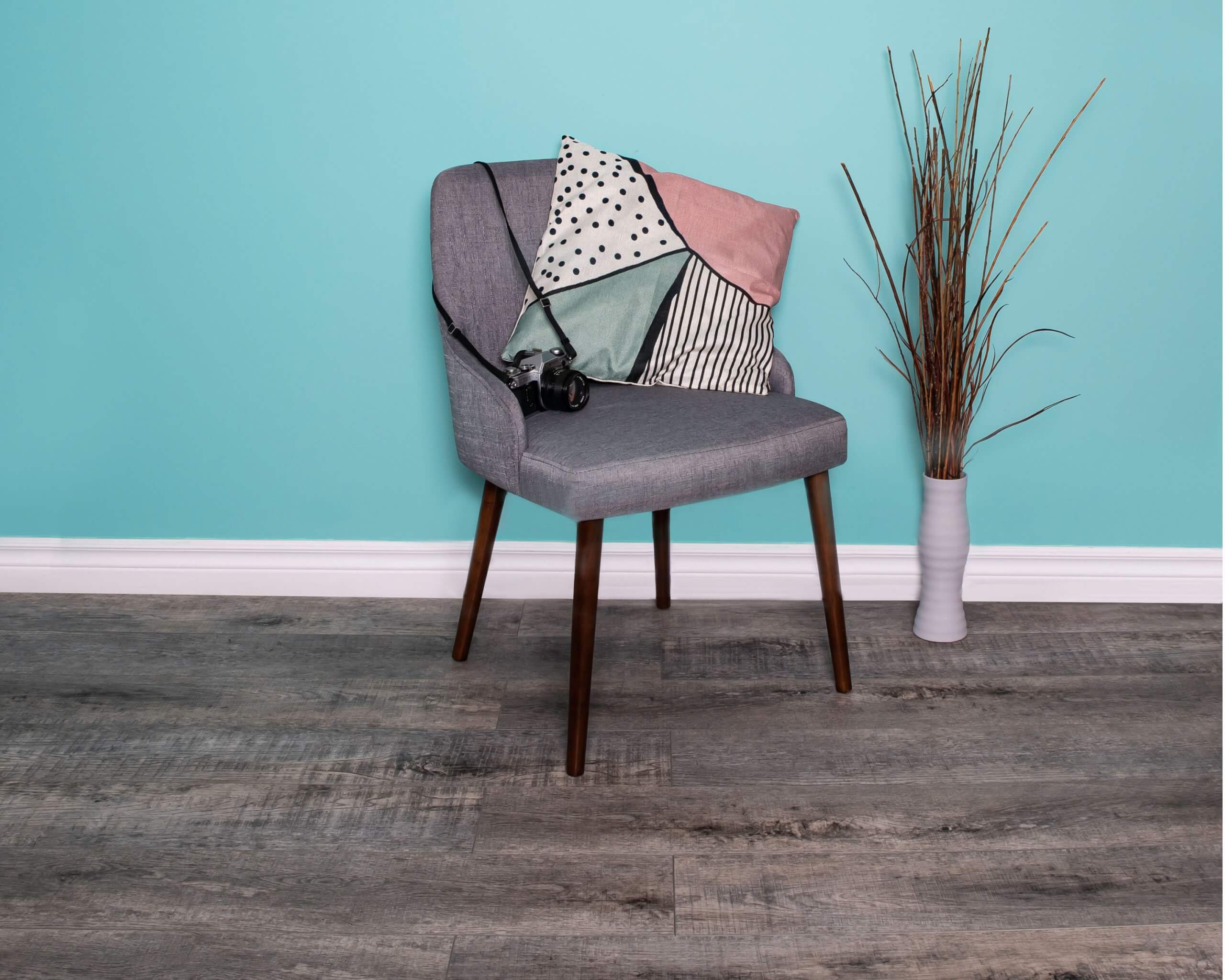
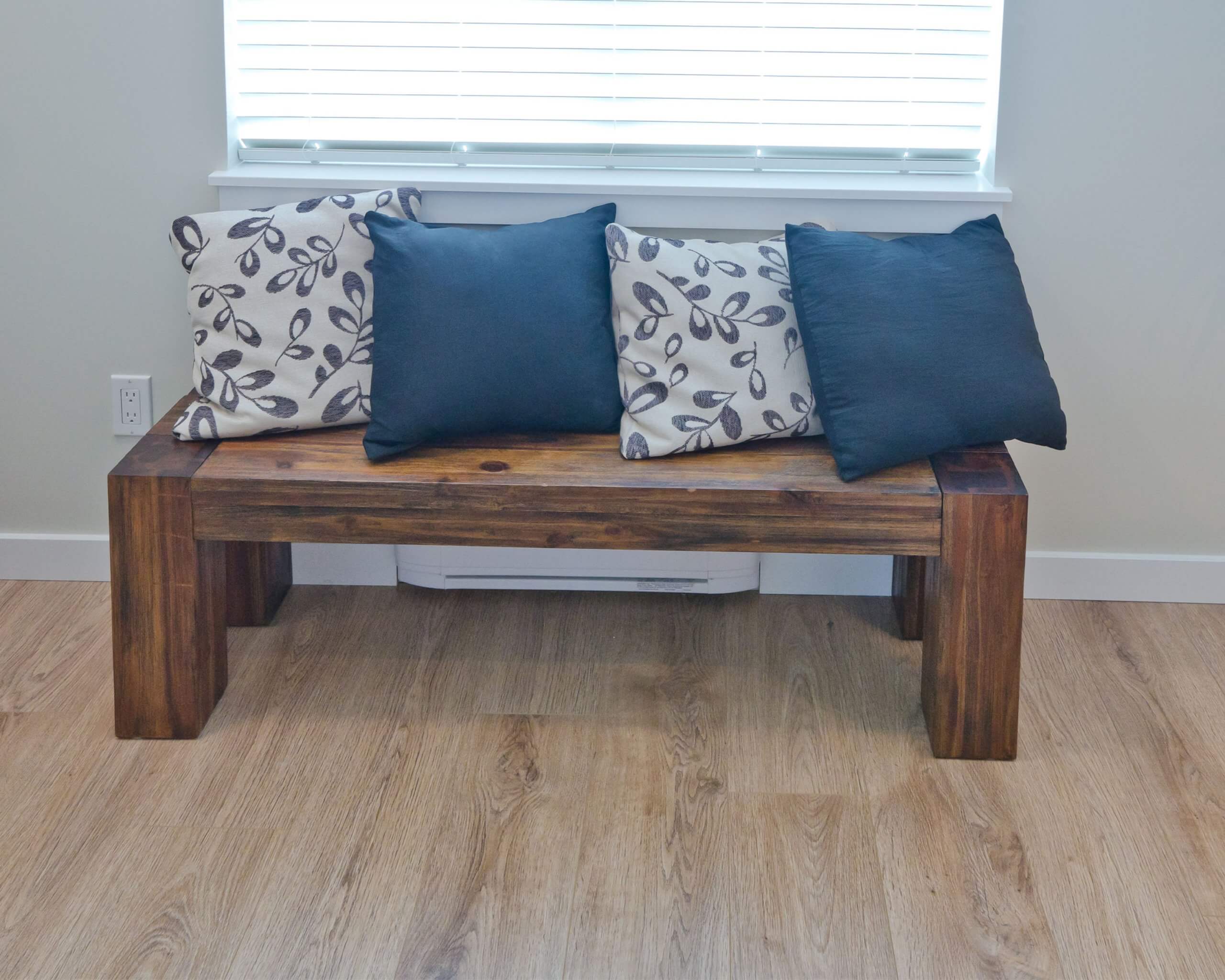
Get real (wood)
Of course, for some homeowners with the budget, nothing beats the look and feel of the real deal: hardwood.
“Real wood still sells as a higher ticket renovation item,” Morrison notes. He adds that, “One of the things we’re seeing is more demand for solid wood, and [the planks] tend to be narrower.”
In this case, his design advice differs from an open-concept SPC, vinyl or laminate-covered home. “Unlike doing a whole floor level with SPC, homeowners are turning to wood often because they have existing hardwood that they don’t want to change but want to add to it.” —
